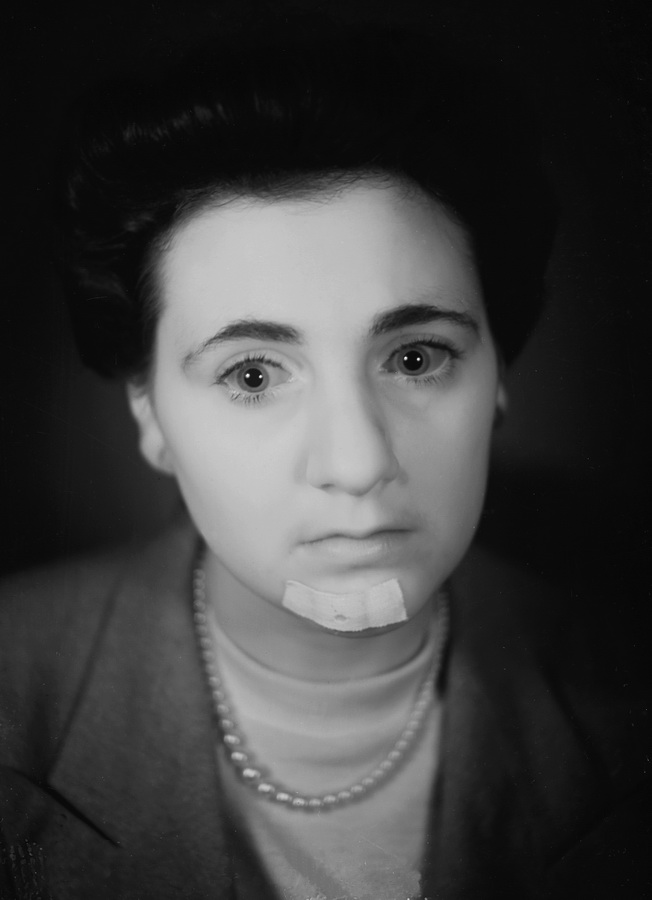Moerkerken saw Paris as the seedbed of his oeuvre. Even as a child, he regularly went to the French capital to visit exhibitions with his parents. In the 1930s, he often spent time there photographing, filming and meeting other artists. He was inspired by the bohemian existence of the city’s artists, the general atmosphere of freedom and the colourful life of the terrains vagues on the outskirts of Paris. In 1934, Belgian film magazine Documents gave him his first taste of Surrealism: seeing its reproductions of work by artists like Man Ray and Giorgio de Chirico, he experienced a shock of recognition. But he also felt a sense of kinship with the communist ideals of the Surrealists, always feeling at home in left-wing circles and loathing everything that smacked of right-wing attitudes, Catholicism or fascism. In 1947, he published his first photo book, Reportages in Licht en Schaduw, including numerous examples of his Surrealist work and many portraits. Van Moerkerken photographed countless female models with immaculate complexions and sometimes detached or slightly anxious expressions. Subconscious desires and fantasies were favourite themes of Surrealist artists. Like the French Surrealists, Van Moerkerken turned the female body into a voluptuous object, a fetish devoid of personality. His oeuvre and private life featured innumerable beautiful women and he openly admitted to being a ‘coureur de femmes’ (a womanizer). His landscapes and urban views are marked both by an interplay of light and dark and by a feeling for detail. From the late ’40s, his photography became more documentary in nature, a change that is apparent in his later photo books Amsterdam (1957) and Meisjes van Nederland (1959). This mixture of reportage and documentary is also reflected in his many portraits of writers and artists, including prominent figures like Simon Vestdijk, E. du Perron, Bertolt Brecht, Gerard Reve, W.F. Hermans, Carel Willink, Brassaï and André Gide. In addition to the extensive overview of Emiel van Moerkerken’s photographic oeuvre, visitors to the exhibition will also be able to view four of his short films. These will include Volgend jaar in Holysloot (Next Year in Holysloot) in which the artist himself plays the main character, a blind man traversing a variety of landscapes on foot on his way to the village of Holysloot. In 1983, the film won a Golden Calf award for the best Dutch short film of that year. It has recently been restored and digitalised by the Film Institute Netherlands (EYE). The exhibition is accompanied by a lavishly illustrated book edited by Bruno van Moerkerken and Minke Vos and containing an extended essay by Minke Vos. Publisher: d’ jonge Hond; price: € 69.50.
Fotomuseum Den Haag Stadhouderslaan 43 | Postbus 72 | 2517 HV Den Haag
